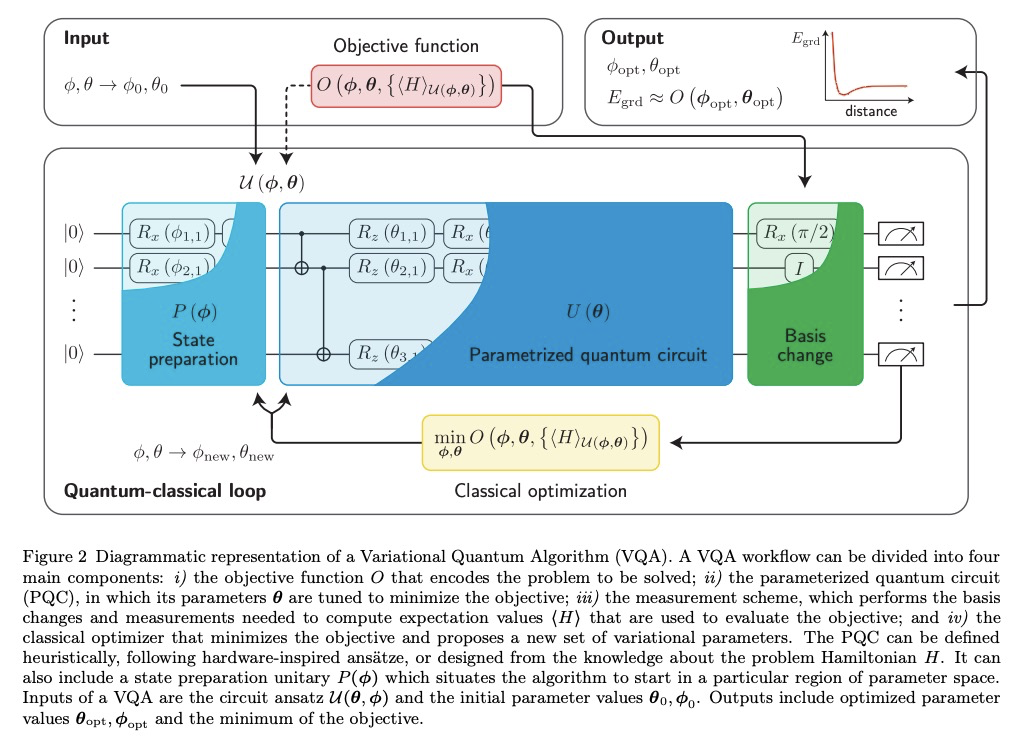- 1、[LG] Unifying Cardiovascular Modelling with Deep Reinforcement Learning for Uncertainty Aware Control of Sepsis Treatment
- 2、[LG] Evaluating Soccer Player: from Live Camera to Deep Reinforcement Learning
- ">

- 3、[LG] Free Lunch for Few-shot Learning: Distribution Calibration
- 4、[CV] Expectation-Maximization Regularized DeepLearning for Weakly Supervised Tumor Segmentation for Glioblastoma
- 5、[CV] Refining activation downsampling with SoftPool
- [LG] Identifying Authorship Style in Malicious Binaries: Techniques, Challenges & Datasets
- [CV] Pre-training without Natural Images
- [CV] Probabilistic 3D Multi-Modal, Multi-Object Tracking for Autonomous Driving
- [LG] Noisy intermediate-scale quantum (NISQ) algorithms
LG - 机器学习 CV - 计算机视觉 CL - 计算与语言 AS - 音频与语音 RO - 机器人 (*表示值得重点关注)
1、[LG] Unifying Cardiovascular Modelling with Deep Reinforcement Learning for Uncertainty Aware Control of Sepsis Treatment
T Nanayakkara, G Clermont, C J Langmead, D Swigon
[University of Pittsburgh & CMU]
基于深度强化学习统一心血管建模的败血症治疗不确定性感知控制。提出一种新方法,利用数学建模、深度学习、强化学习和不确定性量化的统一和互补优势,学习个性化、安全和不确定性感知的治疗策略。用新的生理学驱动的循环神经网络,以无监督训练方式推断出患者特定的心血管动态状态。这些信息,连同学习到的患者实验室历史和可观察数据的低维表示,用批次分布式强化学习来推导值分布。量化了与每个患者状态和(治疗)行为相关的模型不确定性,提出一个不确定性感知、可解释治疗策略的通用框架。这个框架可以很容易地进行调整,以反映临床医生自己对框架的信心,并可以很容易地修改,以考虑人类专家的意见。
Sepsis is the leading cause of mortality in the the ICU, responsible for 6% of all hospitalizations and 35% of all in-hospital deaths in USA. However, there is no universally agreed upon strategy for vasopressor and fluid administration. It has also been observed that different patients respond differently to treatment, highlighting the need for individualized treatment. Vasopressors and fluids are administrated with specific effects to cardiovascular physiology in mind and medical research has suggested that physiologic, hemodynamically guided, approaches to treatment. Thus we propose a novel approach, exploiting and unifying complementary strengths of Mathematical Modelling, Deep Learning, Reinforcement Learning and Uncertainty Quantification, to learn individualized, safe, and uncertainty aware treatment strategies. We first infer patient-specific, dynamic cardiovascular states using a novel physiology-driven recurrent neural network trained in an unsupervised manner. This information, along with a learned low dimensional representation of the patient’s lab history and observable data, is then used to derive value distributions using Batch Distributional Reinforcement Learning. Moreover in a safety critical domain it is essential to know what our agent does and does not know, for this we also quantity the model uncertainty associated with each patient state and action, and propose a general framework for uncertainty aware, interpretable treatment policies. This framework can be tweaked easily, to reflect a clinician’s own confidence of of the framework, and can be easily modified to factor in human expert opinion, whenever it’s accessible. Using representative patients and a validation cohort, we show that our method has learned physiologically interpretable generalizable policies.
https://weibo.com/1402400261/JEL6HcCtU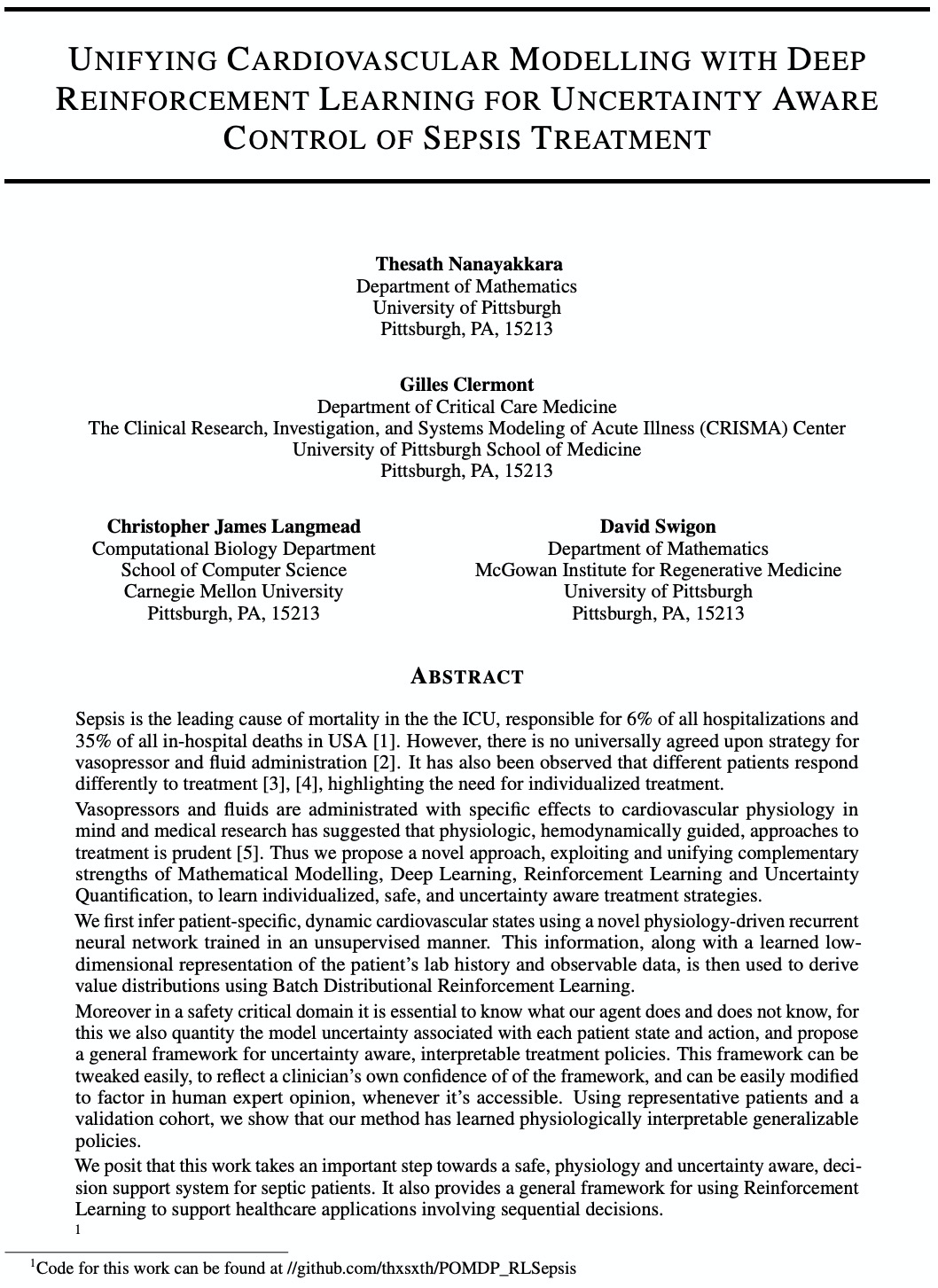
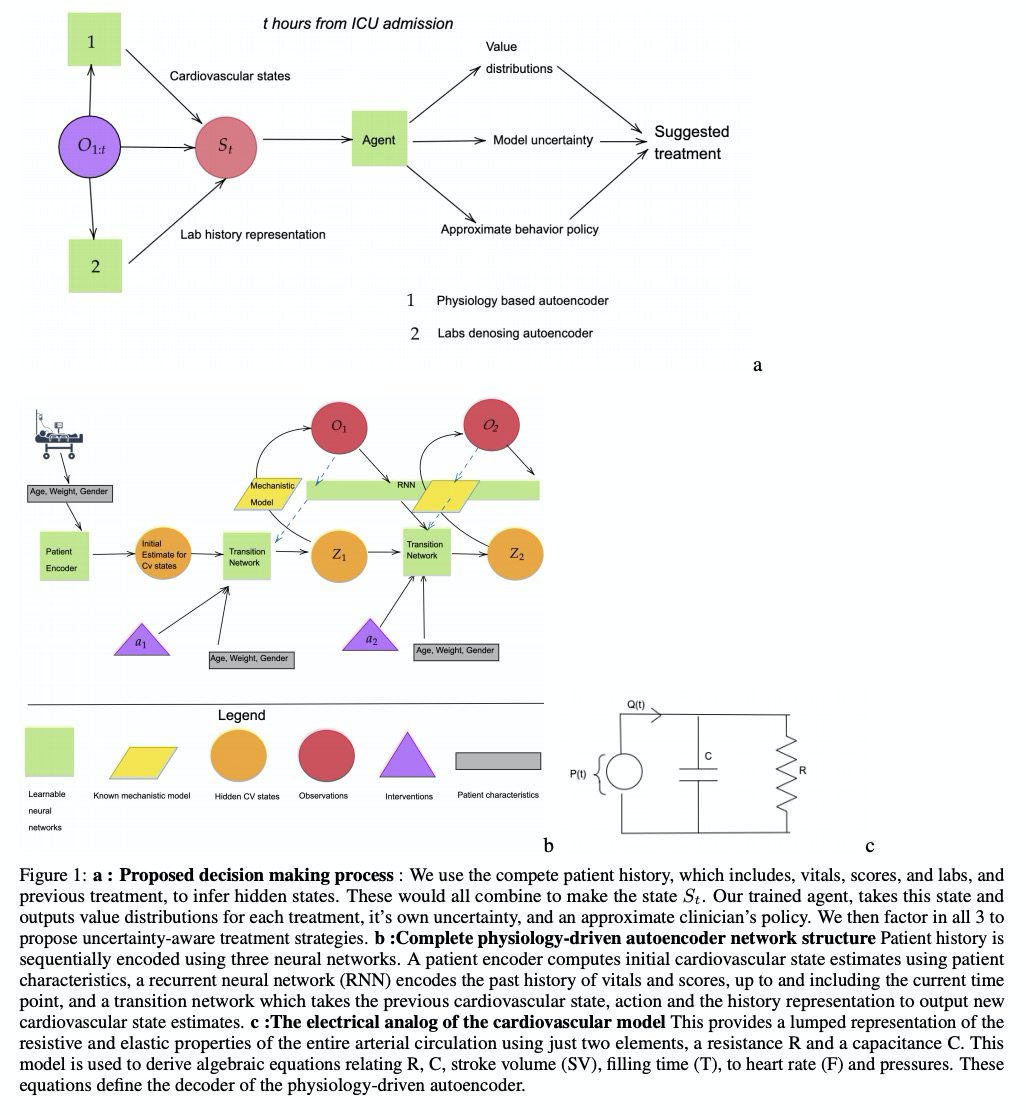

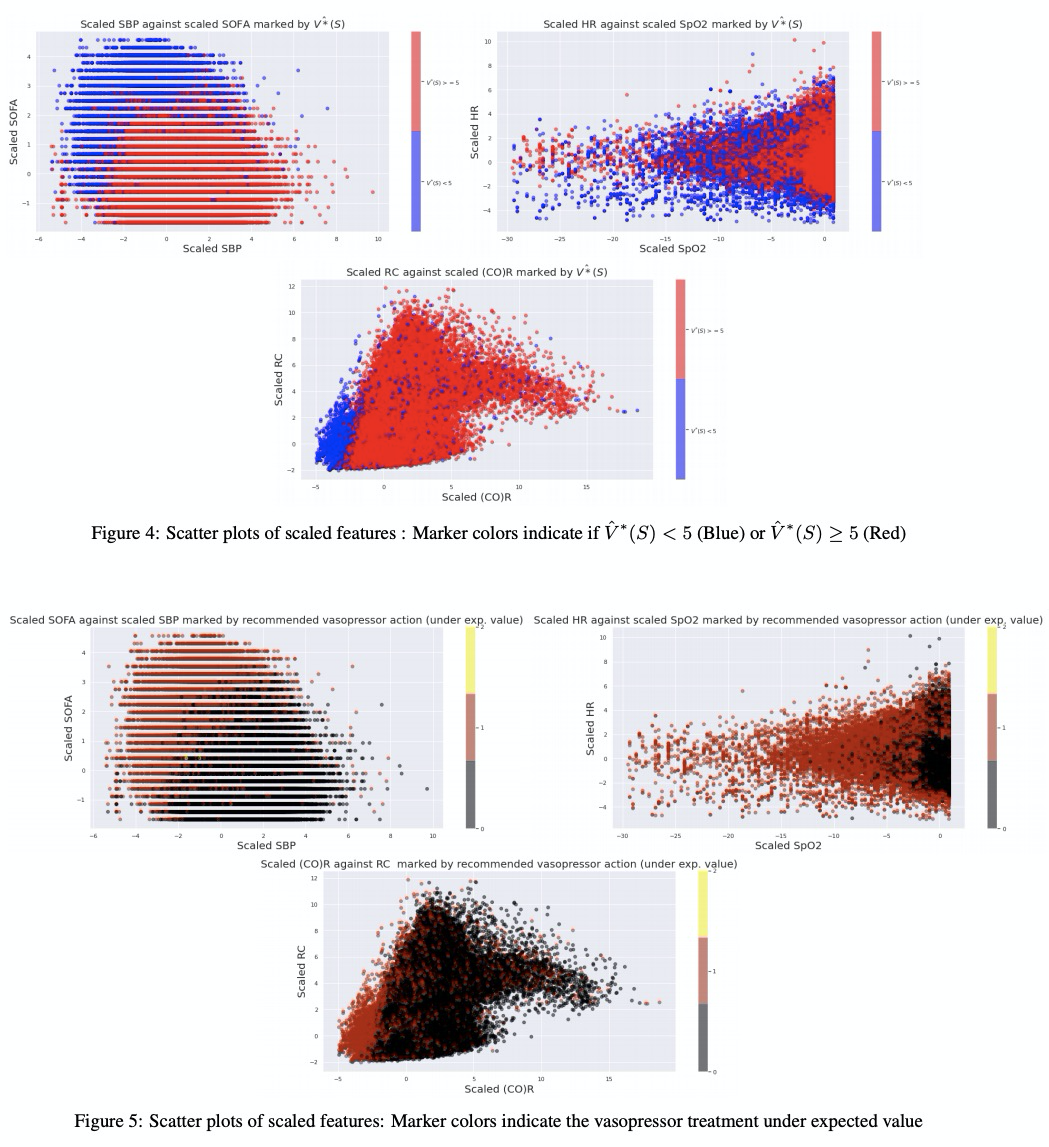
2、[LG] Evaluating Soccer Player: from Live Camera to Deep Reinforcement Learning
P Garnier, T Gregoir
[PSL - Research University & SportsDynamics]
足球运动员评价:从实况像机到深度强化学习。提出一个基于机器学习和深度强化学习的足球运动员跟踪和评价的通用框架,由两部分组成:一个开源的球员跟踪模型和一种完全基于深度强化学习评价球员的新方法,不需要人工数据训练,也不需要指导。跟踪模型是在即将发布的数据集上以有监督方式进行训练的,评价模型只依靠虚拟足球比赛仿真数据。将两架构结合起来,可直接根据实况像机对足球运动员作出评价,不受大量数据限制。新方法命名为预期折现进球(EDG),代表一支球队在特定状态下可以进球或失球的数量。该方法比现有的基于真实世界数据的方法得出的结果更有意义,并且可以很容易扩展到其他运动项目。
Scientifically evaluating soccer players represents a challenging Machine Learning problem. Unfortunately, most existing answers have very opaque algorithm training procedures; relevant data are scarcely accessible and almost impossible to generate. In this paper, we will introduce a two-part solution: an open-source Player Tracking model and a new approach to evaluate these players based solely on Deep Reinforcement Learning, without human data training nor guidance. Our tracking model was trained in a supervised fashion on datasets we will also release, and our Evaluation Model relies only on simulations of virtual soccer games. Combining those two architectures allows one to evaluate Soccer Players directly from a live camera without large datasets constraints. We term our new approach Expected Discounted Goal (EDG), as it represents the number of goals a team can score or concede from a particular state. This approach leads to more meaningful results than the existing ones that are based on real-world data, and could easily be extended to other sports.
https://weibo.com/1402400261/JELhQ5oYL
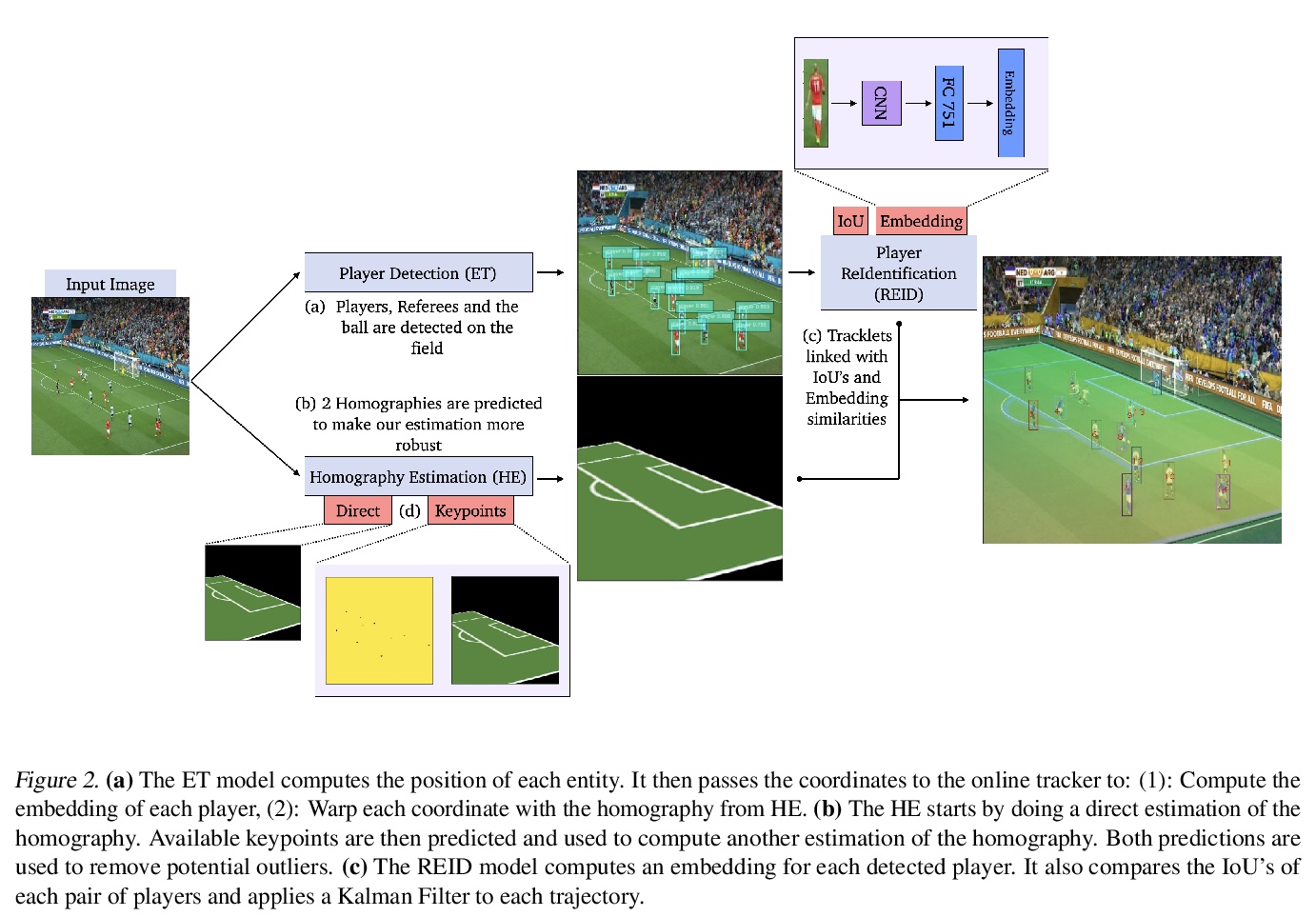
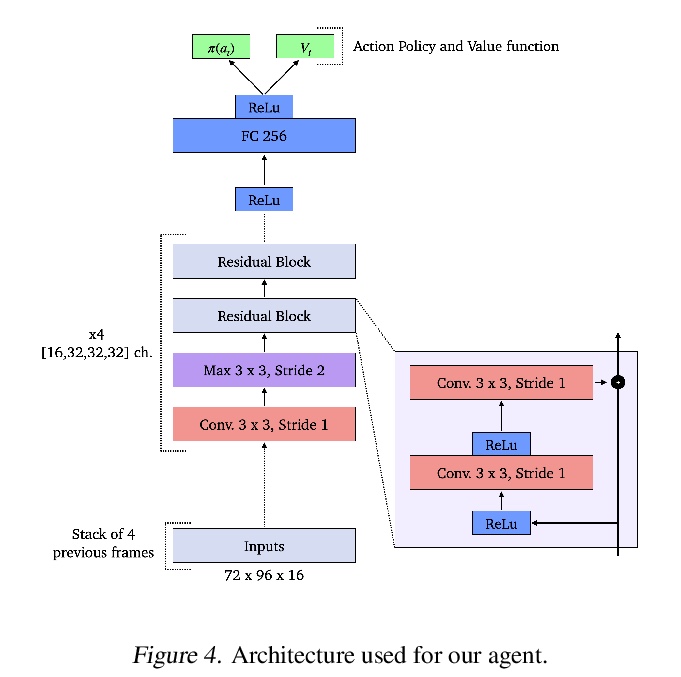
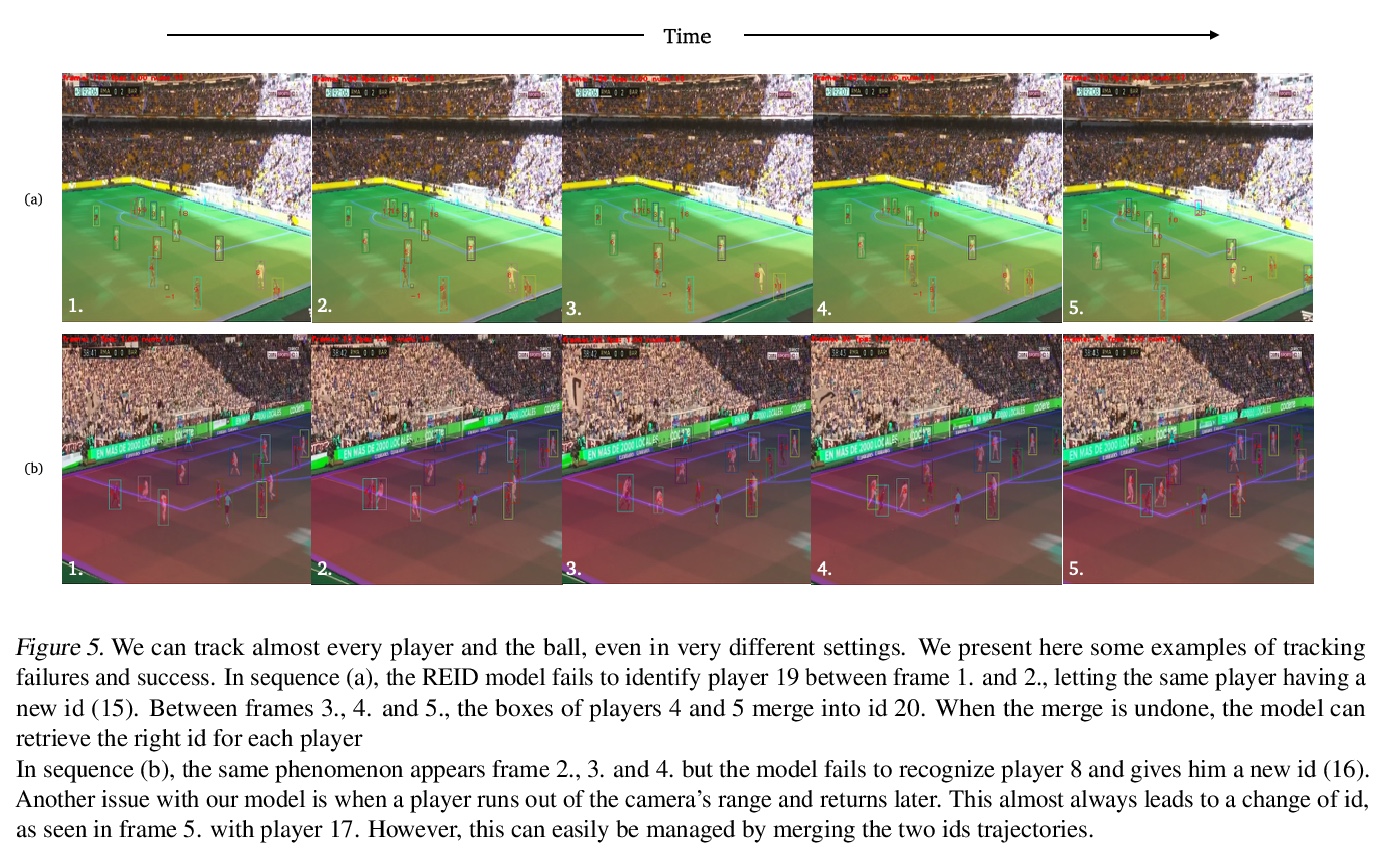
3、[LG] Free Lunch for Few-shot Learning: Distribution Calibration
S Yang, L Liu, M Xu
[University of Technology Sydney]
少样本学习的分布校准策略。从有限的样本中学习到的模型,很容易基于少数训练实例形成的偏态分布,进而产生过拟合。本文提出通过从有足够样本的类中迁移统计数据,来校准这些少数样本类的分布,从校准分布中抽取足够数量的样本来扩展分类器的输入。假设特征表示中的每一个维都遵循高斯分布,分布的均值和方差可以借鉴类似类的分布,这些类的统计量在有足够数量样本的情况下可以更好地估计。该方法可建立在现成的预训练的特征提取器和分类模型之上,不需要额外参数。实验表明,用从校准分布中采样的特征训练的简单logistic回归分类器,可在两个数据集上超越最先进的精度(与次优相比,miniImageNet的精度提高了5%)。
Learning from a limited number of samples is challenging since the learned model can easily become overfitted based on the biased distribution formed by only a few training examples. In this paper, we calibrate the distribution of these few-sample classes by transferring statistics from the classes with sufficient examples, then an adequate number of examples can be sampled from the calibrated distribution to expand the inputs to the classifier. We assume every dimension in the feature representation follows a Gaussian distribution so that the mean and the variance of the distribution can borrow from that of similar classes whose statistics are better estimated with an adequate number of samples. Our method can be built on top of off-the-shelf pretrained feature extractors and classification models without extra parameters. We show that a simple logistic regression classifier trained using the features sampled from our calibrated distribution can outperform the state-of-the-art accuracy on two datasets (~5% improvement on miniImageNet compared to the next best). The visualization of these generated features demonstrates that our calibrated distribution is an accurate estimation.
https://weibo.com/1402400261/JELmL1dQx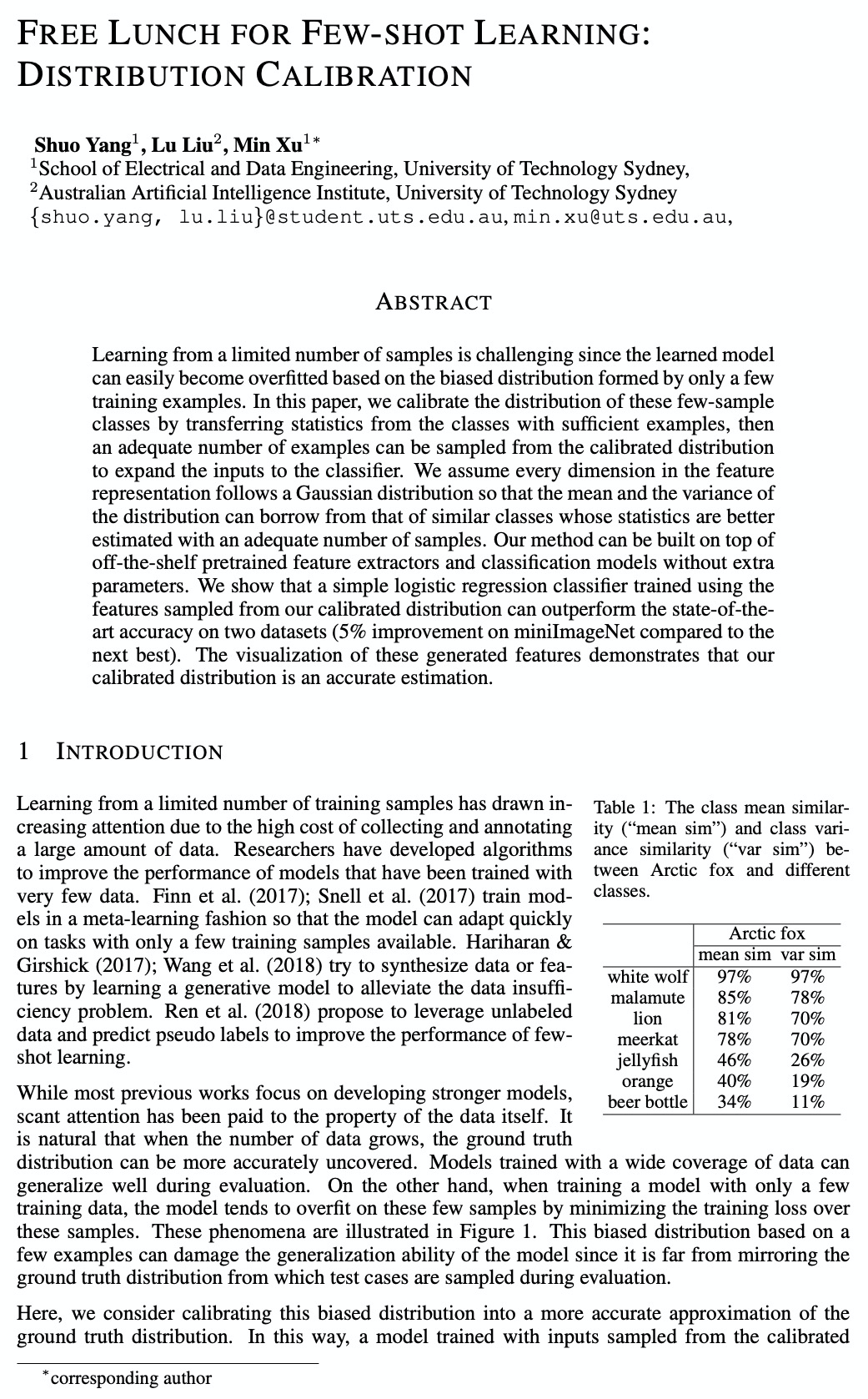

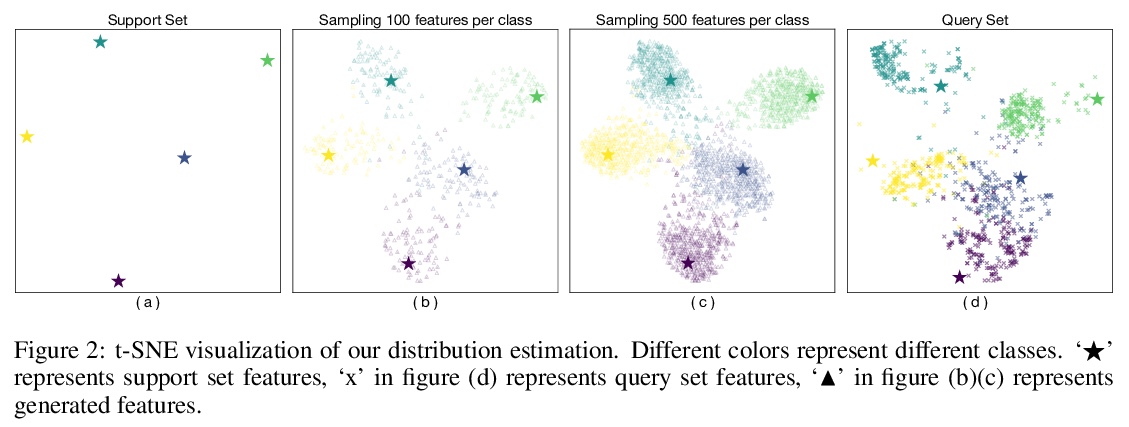
4、[CV] Expectation-Maximization Regularized DeepLearning for Weakly Supervised Tumor Segmentation for Glioblastoma
C Li, W Huang, X Chen, Y Wei, S J. Price, C Schönlieb
[University of Cambridge & Southern University of Science and Technology & University of Bath]
基于期望-最大化正则深度学习的弱监督恶性胶质瘤分割。基于MRI准确分割恶性胶质瘤面临的三大挑战:首先,恶性胶质瘤的特点是弥漫性浸润到周围大脑中,导致肿瘤边缘分界不清。第二,恶性胶质瘤在肿瘤位置、形态、强度值等方面具有高度的异质性。第三,恶性胶质瘤可与神经退行性或白质病变表现出相似外观。本文提出一种基于深度卷积神经网络的期望最大化正则弱监督肿瘤分割模型。所提出方法是在多参数MRI的基础上开发的核心肿瘤和瘤周浸润肿瘤的分割方法。该弱监督模型的开发,是为了解决浸润肿瘤获得完整准确标签的难题。为了有效利用特异性较高但分辨率低于结构性MRI的生理性MRI,构建了由全连接神经网络生成的生理性先导图,用于CNN分割模型的迭代优化。
We present an Expectation-Maximization (EM) Regularized Deep Learning (EMReDL) model for the weakly supervised tumor segmentation. The proposed framework was tailored to glioblastoma, a type of malignant tumor characterized by its diffuse infiltration into the surrounding brain tissue, which poses significant challenge to treatment target and tumor burden estimation based on conventional structural MRI. Although physiological MRI can provide more specific information regarding tumor infiltration, the relatively low resolution hinders a precise full annotation. This has motivated us to develop a weakly supervised deep learning solution that exploits the partial labelled tumor regions.EMReDL contains two components: a physiological prior prediction model and EM-regularized segmentation model. The physiological prior prediction model exploits the physiological MRI by training a classifier to generate a physiological prior map. This map was passed to the segmentation model for regularization using the EM algorithm. We evaluated the model on a glioblastoma dataset with the available pre-operative multiparametric MRI and recurrence MRI. EMReDL was shown to effectively segment the infiltrated tumor from the partially labelled region of potential infiltration. The segmented core and infiltrated tumor showed high consistency with the tumor burden labelled by experts. The performance comparison showed that EMReDL achieved higher accuracy than published state-of-the-art models. On MR spectroscopy, the segmented region showed more aggressive features than other partial labelled region. The proposed model can be generalized to other segmentation tasks with partial labels, with the CNN architecture flexible in the framework.
https://weibo.com/1402400261/JELqHrK8E
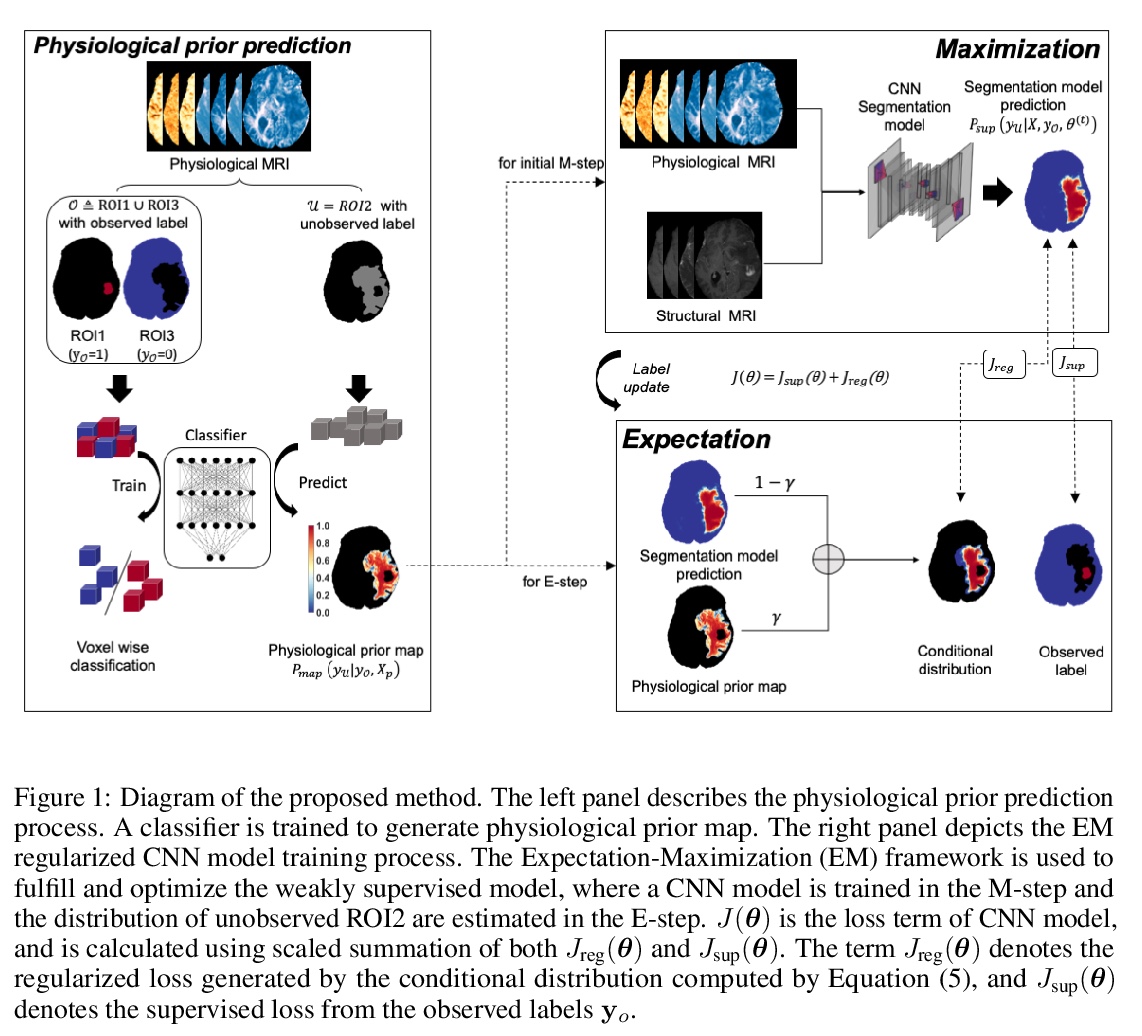
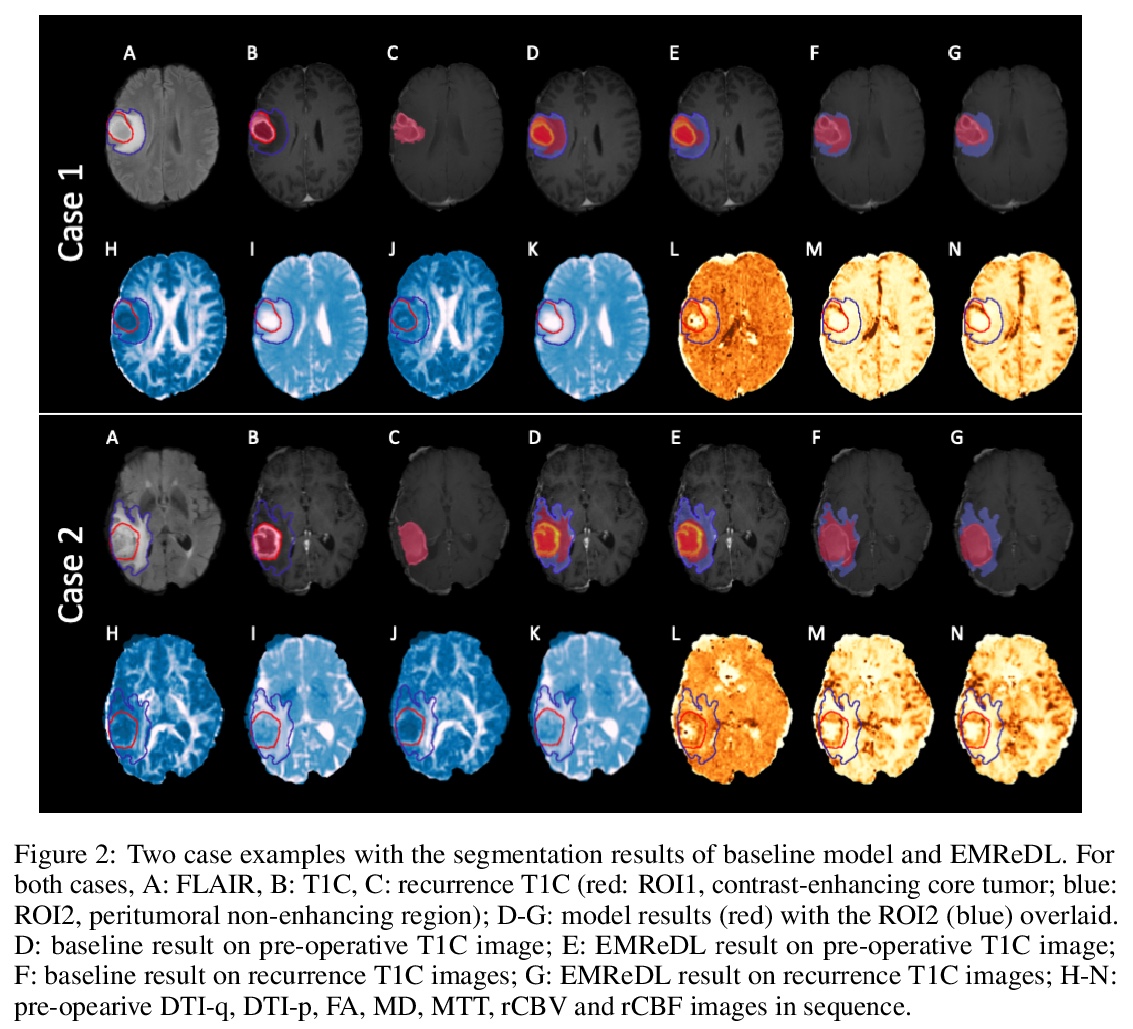
5、[CV] Refining activation downsampling with SoftPool
A Stergiou, R Poppe, G Kalliatakis
[Utrecht University & University of Warwick]
基于SoftPool改进激活降采样。提出SoftPool,一种快速高效的方法,对指数加权激活进行求和。与其他池化方法相比,SoftPool在降采样激活图中保留了更多信息,从而提高CNNs的分类性能。更精细的降采样可以带来更好的分类精度。在ImageNet1K上,对于一系列流行的CNN架构,用SoftPool替换原始的池化操作,可使准确率提高1-2%。
Convolutional Neural Networks (CNNs) use pooling to decrease the size of activation maps. This process is crucial to locally achieve spatial invariance and to increase the receptive field of subsequent convolutions. Pooling operations should minimize the loss of information in the activation maps. At the same time, the computation and memory overhead should be limited. To meet these requirements, we propose SoftPool: a fast and efficient method that sums exponentially weighted activations. Compared to a range of other pooling methods, SoftPool retains more information in the downsampled activation maps. More refined downsampling leads to better classification accuracy. On ImageNet1K, for a range of popular CNN architectures, replacing the original pooling operations with SoftPool leads to consistent accuracy improvements in the order of 1-2%. We also test SoftPool on video datasets for action recognition. Again, replacing only the pooling layers consistently increases accuracy while computational load and memory remain limited. These favorable properties make SoftPool an excellent replacement for current pooling operations, including max-pool and average-pool
https://weibo.com/1402400261/JELwH9paC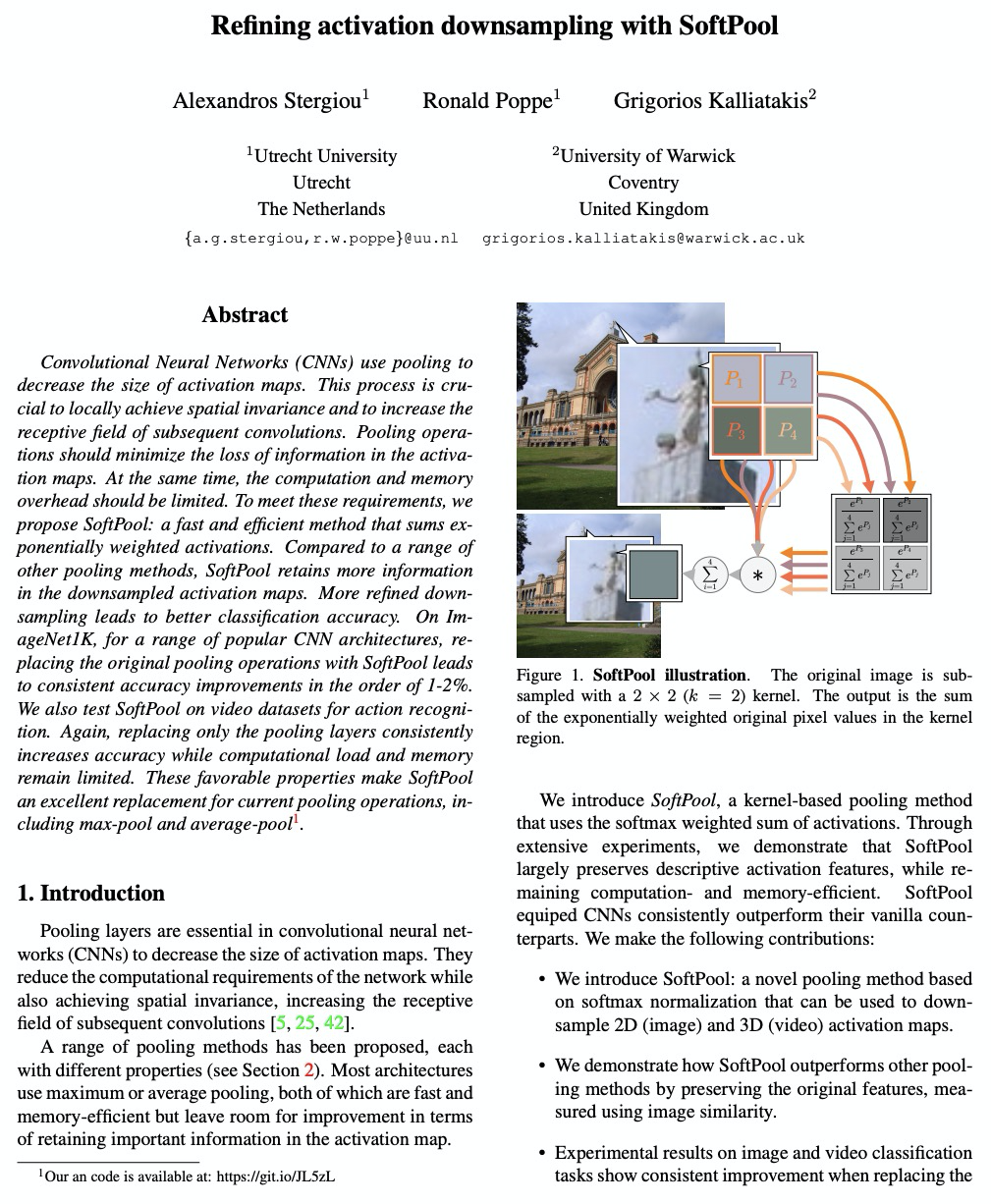
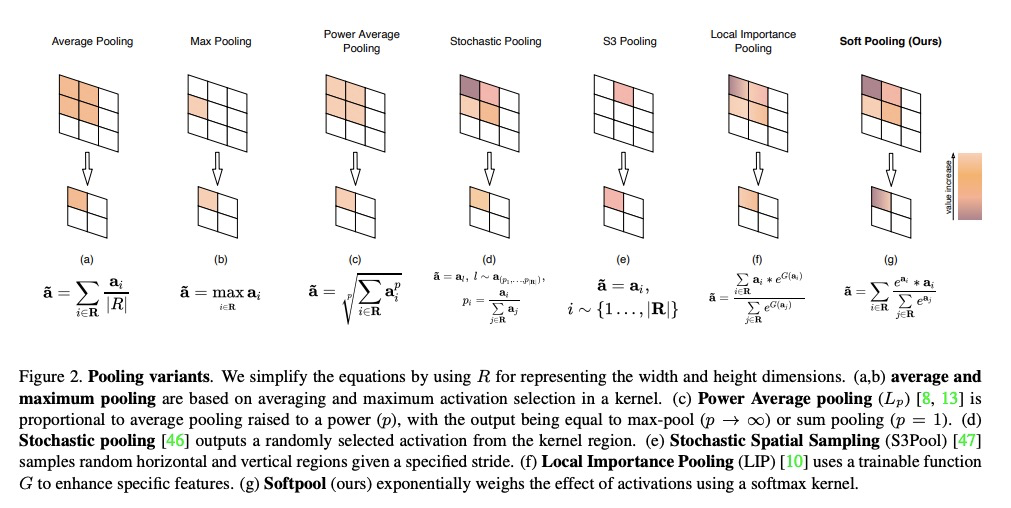
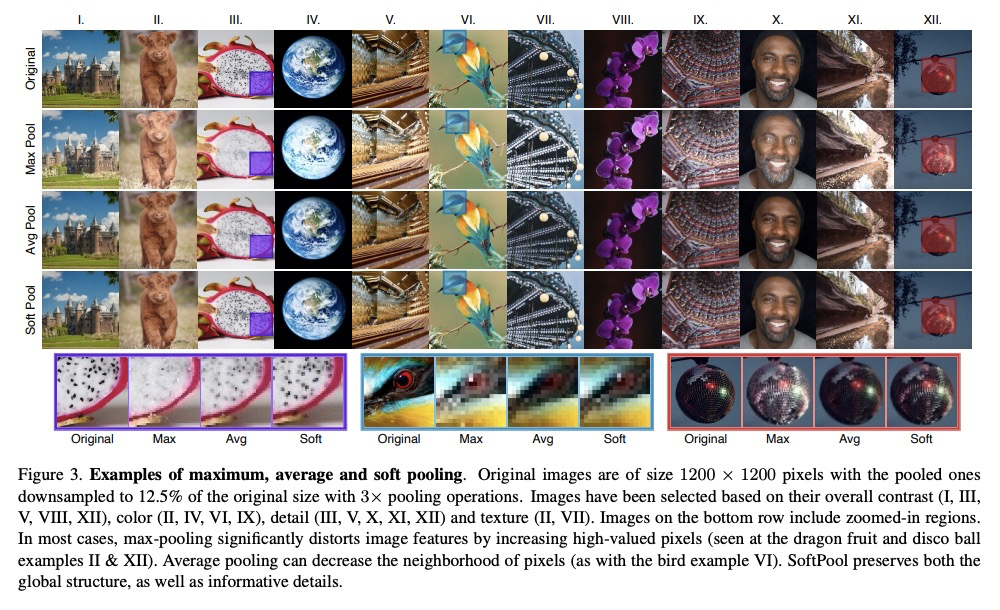

另外几篇值得关注的论文:
[LG] Identifying Authorship Style in Malicious Binaries: Techniques, Challenges & Datasets
J Gray, D Sgandurra, L Cavallaro
[Royal Holloway University of London & King’s College London]
识别恶意二进制文件中的作者风格:技术、挑战和数据集
https://weibo.com/1402400261/JELfsFqZQ
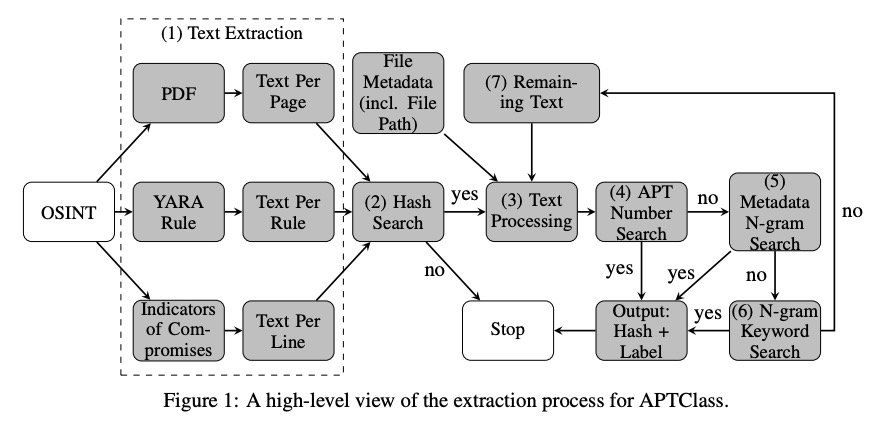
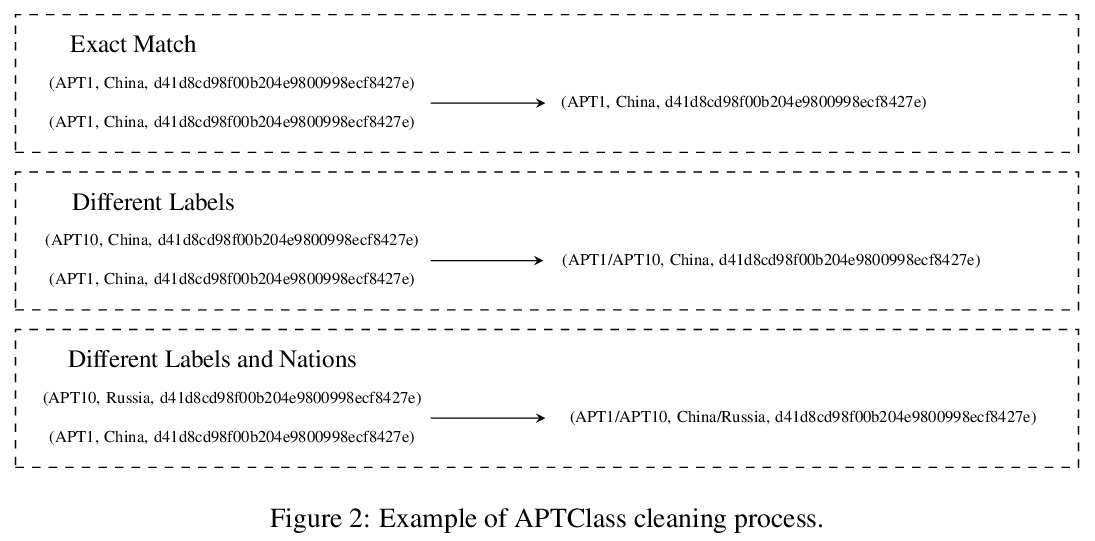
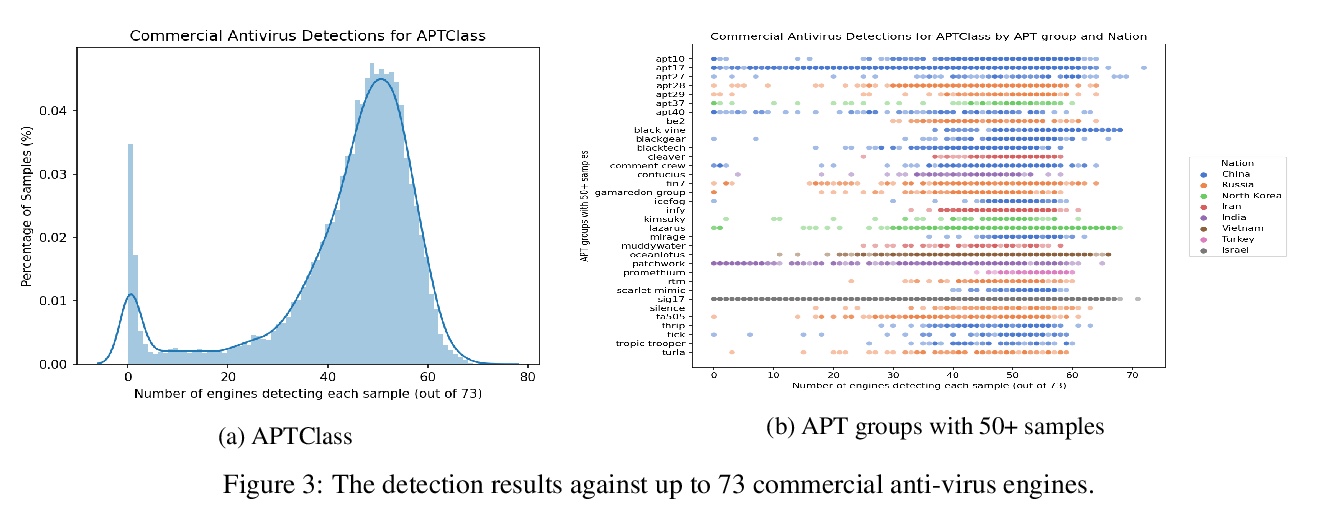
[CV] Pre-training without Natural Images
H Kataoka, K Okayasu, A Matsumoto, E Yamagata, R Yamada, N Inoue, A Nakamura, Y Satoh
[National Institute of Advanced Industrial Science and Technology (AIST) & Tokyo Institute of Technology & Tokyo Denki University]
无需自然图像的预训练:公式驱动的有监督学习
https://weibo.com/1402400261/JELCwxyoW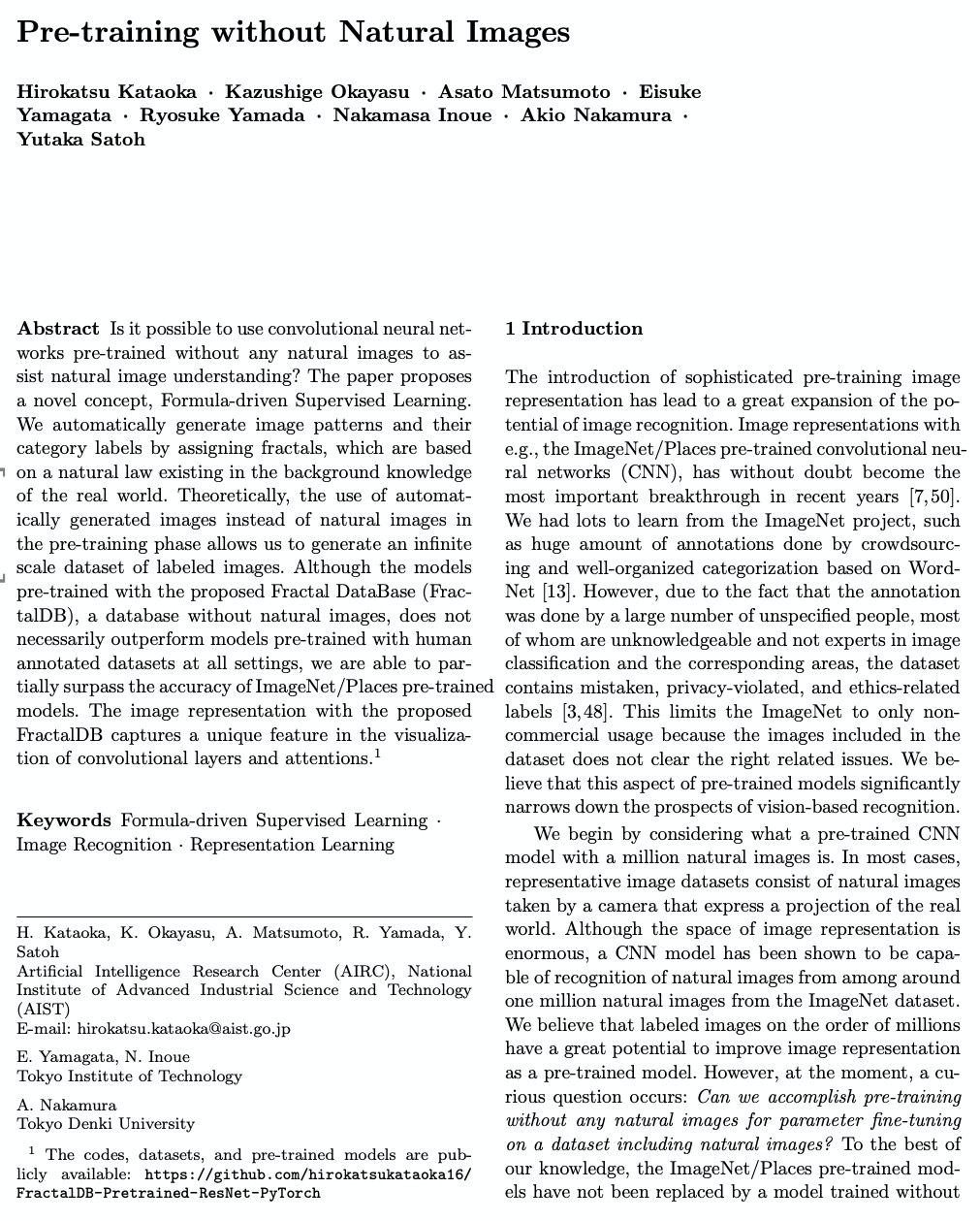

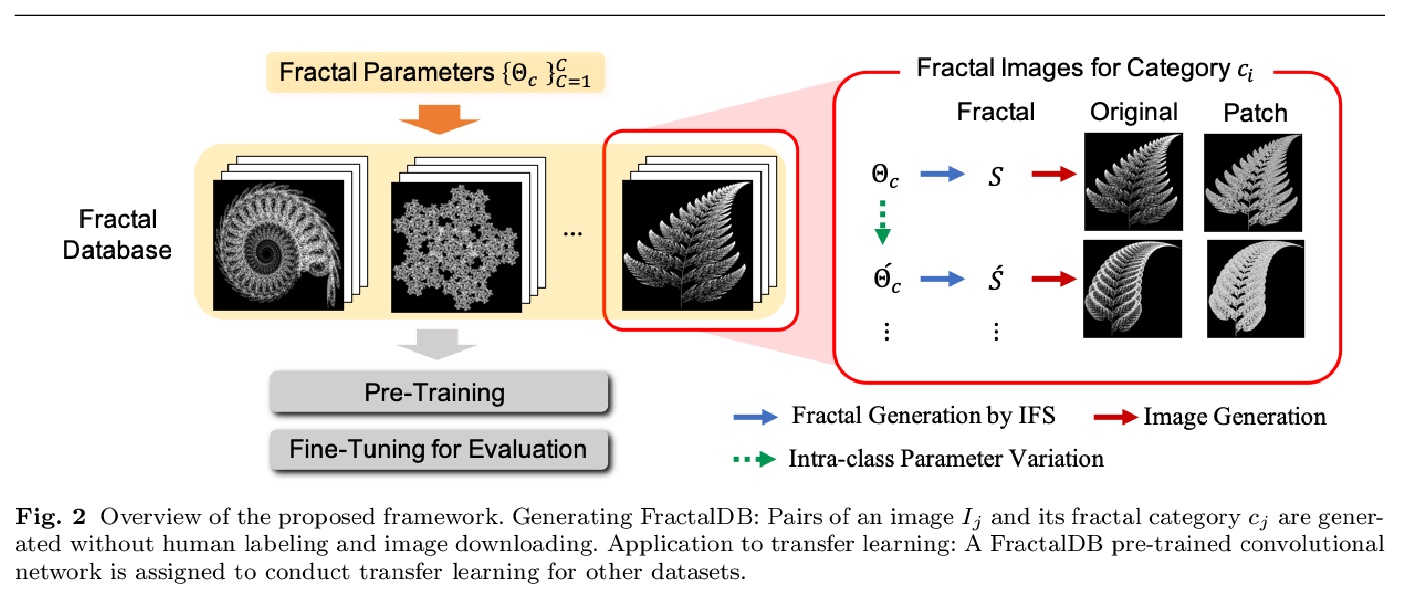
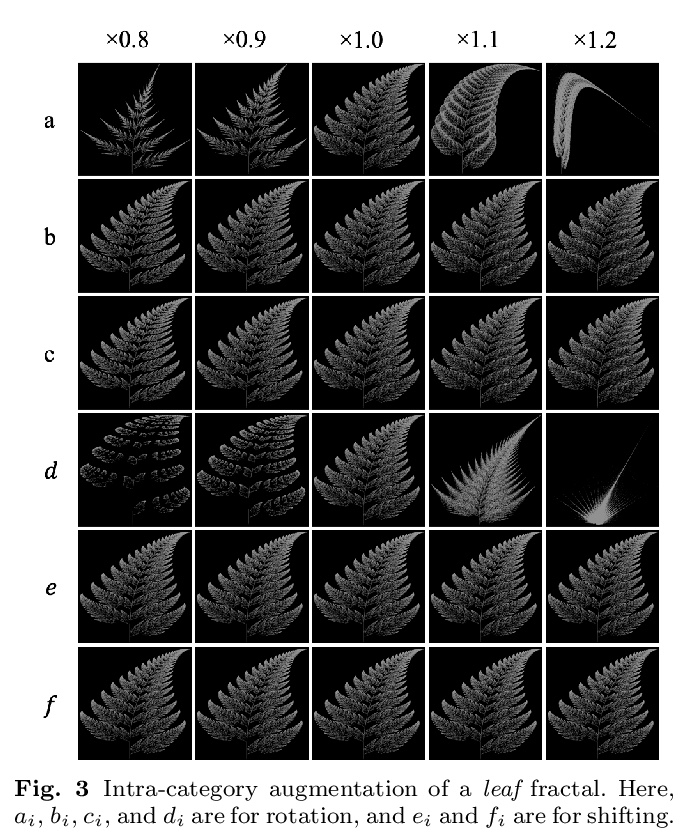
[CV] Probabilistic 3D Multi-Modal, Multi-Object Tracking for Autonomous Driving
面向无人驾驶的概率3D多模态多目标跟踪
H Chiu, J Li, R Ambrus, J Bohg
[Stanford University & Toyota Research Institute]
https://weibo.com/1402400261/JELF92Osi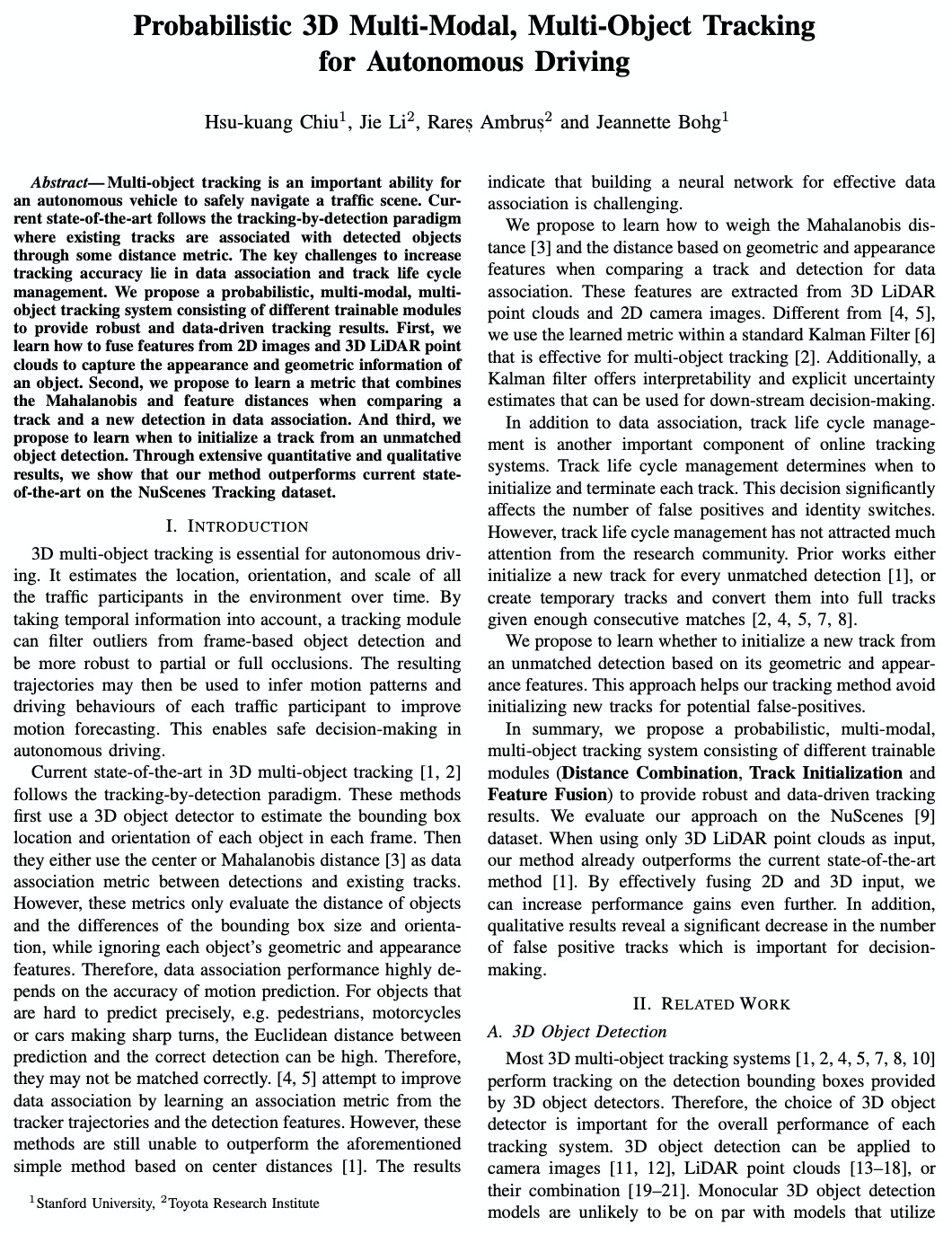
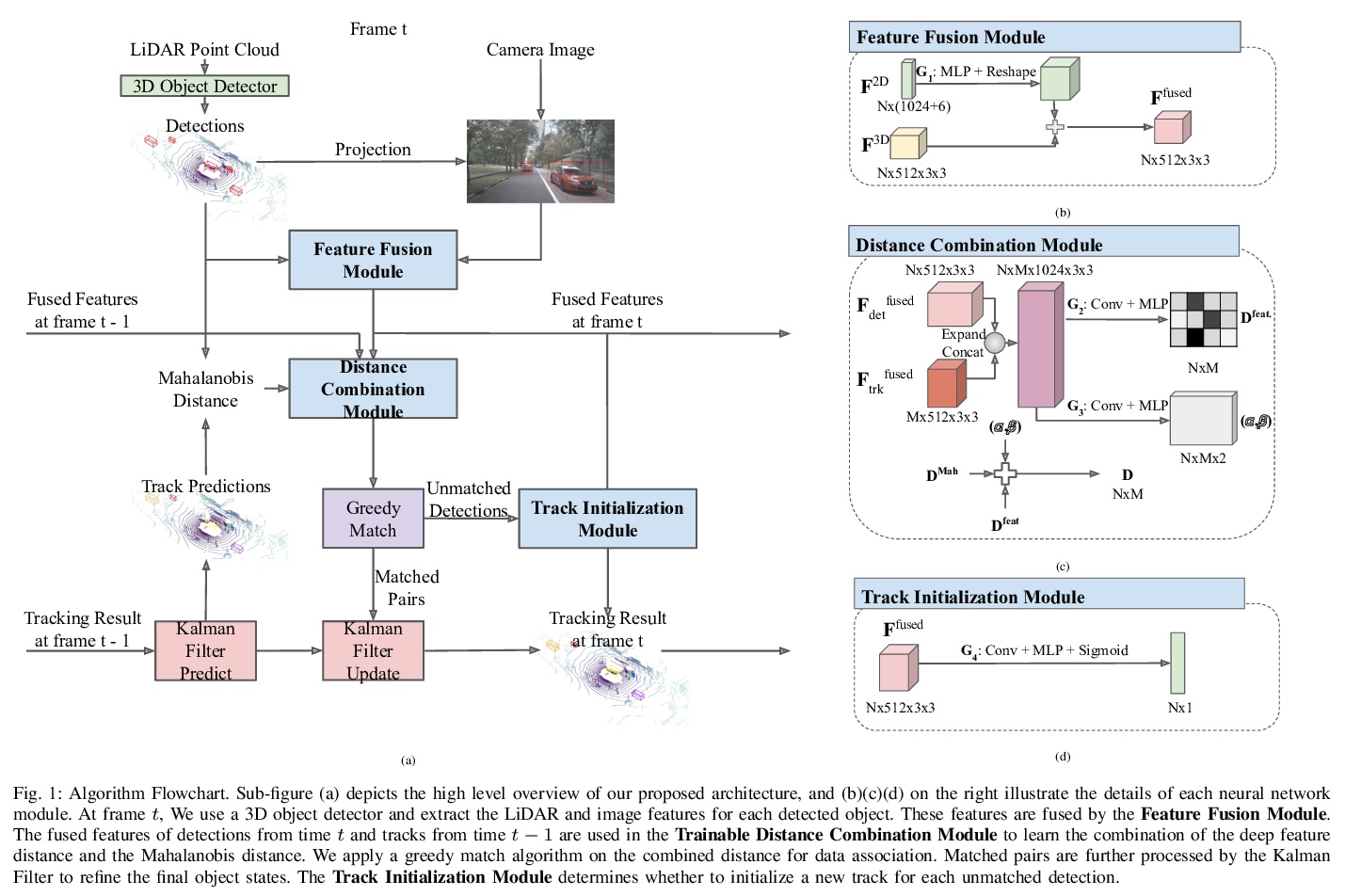


[LG] Noisy intermediate-scale quantum (NISQ) algorithms
噪声中间尺度量子(NISQ)算法
K Bharti, A Cervera-Lierta, T H Kyaw, T Haug, S Alperin-Lea, A Anand, M Degroote, H Heimonen, J S. Kottmann, T Menke, W Mok, S Sim, L Kwek, A Aspuru-Guzik
[National University of Singapore & University of Toronto & Imperial College London]
https://weibo.com/1402400261/JELJ9gCGO

